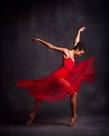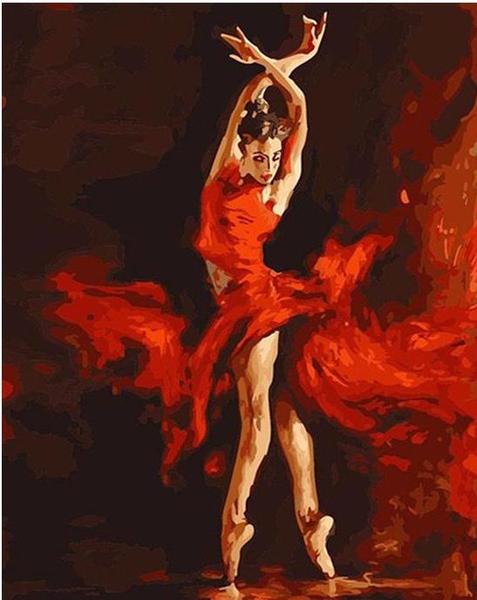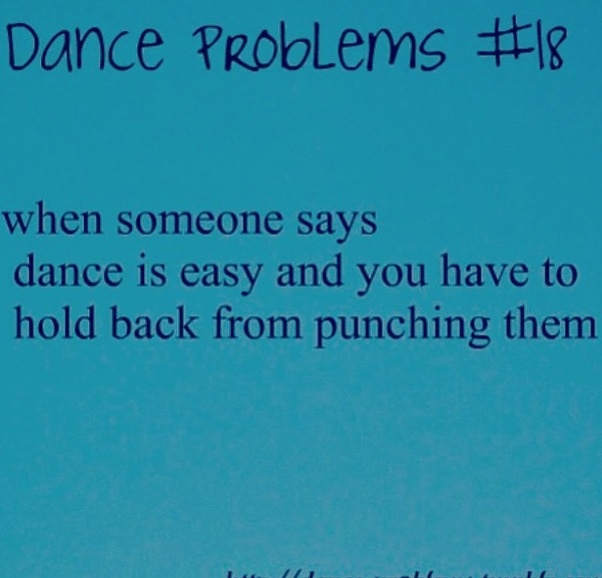Hi there,
Sorry I haven’t written for a while!!! This blog post was made for my friend, who is starting pointe work in September. This should be helpful for young dances who are going en pointe or have just started as well. There is a part 2 to this blog post, coming soon. I hope you enjoy.
Be prepared:
When you start pointe it is essential to be prepared. (Which I was not.) Talk to friends who are en pointe currently and ask them about the feeling of pointe. Many teachers tell students they are ready for pointe without discussing what your feet need to do, to even just get on the Bloch. Really understand how your feet are going to move when you are in pointe shoes. For example, many students don’t realise when you are rising you need to roll through your feet just like on demi pointe. Don’t just snatch up there. Pointe your feet in the pointe shoes when you are fully up right on the shoe.
Be prepared for pain, be prepared for discomfort, and be prepared for trial and error. Many young dancer’s, don’t find their perfect shoe until around the fourth pair. Be prepared for the fitting. Choose wisely! Does any of your friends’ recommend a pointe shoe fitting shop? Research where the best place is to go is. Often the best option is not down the road from you. Choose somewhere, where they are going to take time with you and look at your feet properly. A pointe shoe fitting should never be an in, out shop. Take your time with the fitter. Who should be a professional fitter.
Save your feet!:
You may think you’re ready, your teacher may think you’re ready but are your feet ready? Save your feet! If your feet are not ready for pointe, you may damage your feet in the long term. It’s ok to wait. Really think about if your feet are actually that strong. If your feet are strong enough when you go on en pointe you should be capable of walking round the room, with ease. If you are not, you will find it hard even to get on the bloch. You should always do slow rises in your first class. Make sure you’re not doing too much when your feet are just getting used to pointe.
Listen to yourself:
Your teacher or friend may have a completely different experience of pointe. If they don’t recommend a brand, don’t right the company off. Ever foot is different and different pointe shoes work for different feet. Ask your friends what padding and shoes they recommend but not what they don’t recommend. Listen to yourself if the padding you’ve tried doesn’t work for your friend but it does for you, use it. Pointe shoes and padding its totally personal to your unique feet.
Tell someone:
If your experiencing pain of any sort even on your first few weeks. Tell someone who knows about pointe. It might something easily explained such as: too long toenails, in growing toenail, not used to the feeling yet, too little padding, too much padding, the wrong shoe etc. Or it could be something more serious, so make sure you let someone know.
I hope you enjoyed part 1 of this blog post and I hope you will read part 2 which is coming soon.
Thankyou,
FH xxx













